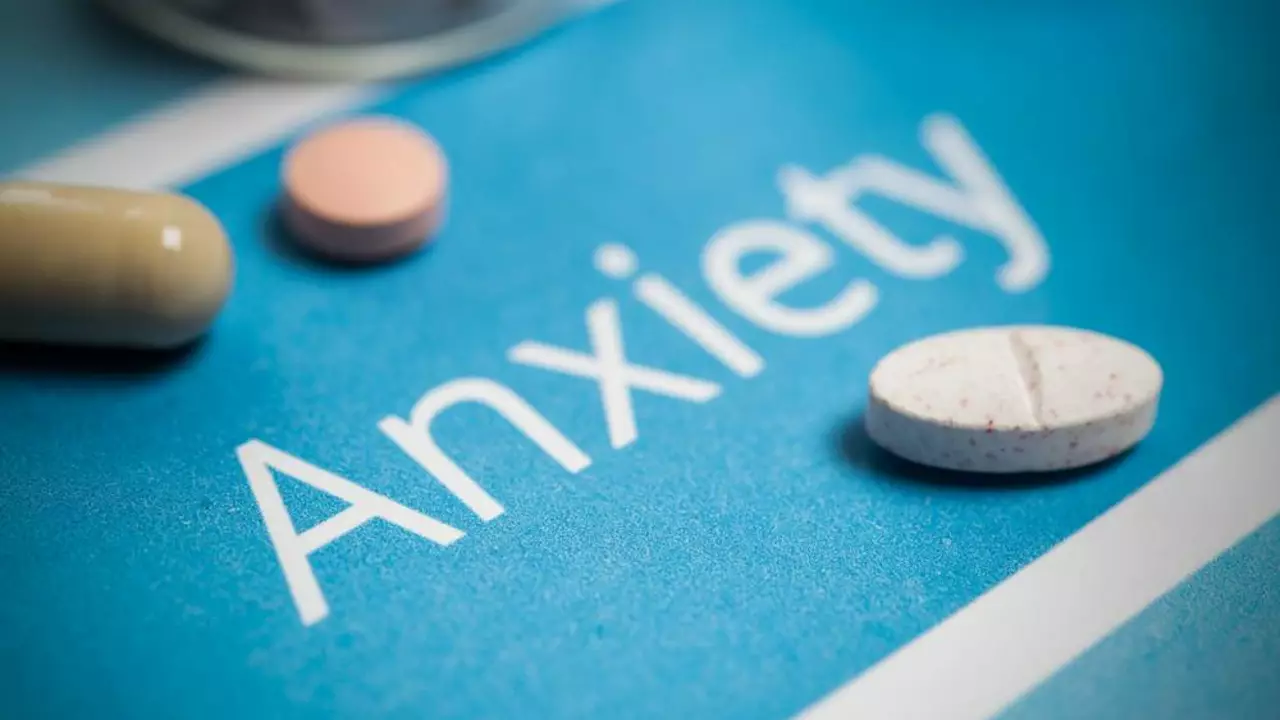Labetalol: a practical guide to what it does and how to use it safely
If your doctor mentioned labetalol, you probably want straight answers: what it does, when to take it, and what to watch for. Labetalol lowers blood pressure by blocking both beta and alpha receptors. That makes it useful for several kinds of high blood pressure — including pregnancy-related hypertension — and for quick control in hospital settings. Below you’ll find clear, everyday advice you can use.
How labetalol works and when it’s used
Labetalol slows the heart and widens blood vessels. Slower beats reduce the force the heart needs, and relaxed vessels lower resistance — both drop blood pressure. Doctors commonly prescribe it for chronic hypertension, and hospitals use IV labetalol for fast blood pressure control. It’s one of the go-to choices during pregnancy because it’s well studied there, but it should still be managed by your care team.
Typical oral starting doses are often 100 mg twice daily, then adjusted based on response. Some people end up on higher doses; your doctor will change the dose slowly to avoid sudden drops. IV dosing in emergencies is done in hospital with close monitoring — don’t try to mimic that at home.
Safety tips, side effects, and interactions
Common side effects include dizziness, tiredness, and lightheadedness when standing up. These happen because your blood pressure can drop too much. Less common but serious effects are very slow heart rate, breathing trouble if you have asthma, and rare liver issues. If you notice yellowing skin, dark urine, sudden shortness of breath, or fainting, contact your provider right away.
Don’t take labetalol if you have severe asthma, certain types of heart block, or uncontrolled heart failure unless your cardiologist approves. It can interact with calcium channel blockers (like verapamil or diltiazem), other blood pressure drugs, and some diabetes medicines. Labetalol can mask signs of low blood sugar, so people with diabetes should monitor glucose closely and learn to spot non‑sweat symptoms of hypoglycemia.
If you miss a dose, take it as soon as you remember unless it’s almost time for the next one — don’t double up. Never stop labetalol suddenly; that can cause a fast rise in blood pressure or other heart symptoms. Your doctor will taper the dose when it’s time to stop.
Simple habits help: check your blood pressure and pulse regularly, stand up slowly to avoid dizziness, and avoid heavy alcohol use the day you start or increase the dose. Always tell any new prescriber that you take labetalol—this helps prevent risky drug combos.
Need to buy labetalol or compare pharmacies? Use a licensed pharmacy and keep prescriptions current. If you’re ordering online, pick well-known, credentialed sites and expect to show a valid prescription.
Questions for your next doctor visit: Is labetalol the best choice for my situation? What dose should I start with and how fast will you adjust it? What side effects should make me stop the drug and call you? Jot these down — they make appointments more useful and keep your treatment on track.
26
Labetalol for Anxiety: Can It Help?
In my latest blog post, I explored the potential benefits of using labetalol for anxiety. Labetalol is a medication typically prescribed for treating high blood pressure, but it has also shown some promise in helping those suffering from anxiety. From my research, it appears that labetalol can help by blocking the effects of stress hormones, thus reducing the physical symptoms of anxiety. However, it's important to note that this medication may not be suitable for everyone and should only be taken under the supervision of a healthcare professional. Overall, labetalol might be a helpful option for some individuals struggling with anxiety, but more research is needed to fully understand its potential benefits.
Latest Posts
Popular Posts
-
 Antipsychotics and Stroke Risk in Seniors with Dementia: What You Need to Know
Antipsychotics and Stroke Risk in Seniors with Dementia: What You Need to Know
-
 Chronic Pancreatitis: Managing Pain, Enzyme Therapy, and Nutrition
Chronic Pancreatitis: Managing Pain, Enzyme Therapy, and Nutrition
-
 Constipation from Medications: Complete Management Guide
Constipation from Medications: Complete Management Guide
-
 Medication-Induced Diarrhea: How to Prevent and Treat It Effectively
Medication-Induced Diarrhea: How to Prevent and Treat It Effectively
-
 How to Keep Medications Safe from Children and Pets at Home
How to Keep Medications Safe from Children and Pets at Home



